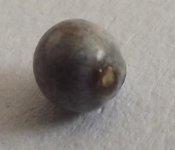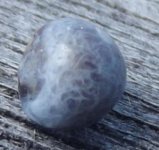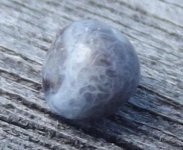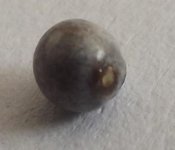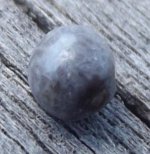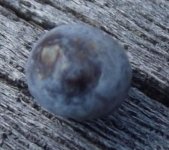Oystereater
Banned
- Joined
- Dec 28, 2013
- Messages
- 10
H
Hello to all forum members.
I am knew to this forum.
The reason I am posting this message is to try & get some help, from any knowledgeable members, about a pearl which my wife found whilst we were out one day,opening rock oysters,to eat, which are quite numerous at many of our local beach headlands.
The area in particular is the mid Eastern coastline of New South Wales, Australia.
My wife bit into a pearl whilst eating an oyster..au natural.
We have had the pearl for over 11 years now.
Its very small, measuring about 4 mm.s by 3 mm.s
The color could be described as grey clods over a lighter background.
However, since hearing about a man finding a rare natural pearl in a Pacific oyster, whilst dining in an oyster bar, we wanted to know whether ours is much the same, or is it from a completely different species?
thanking for any replies,
regards,Andrew.
Hello to all forum members.
I am knew to this forum.
The reason I am posting this message is to try & get some help, from any knowledgeable members, about a pearl which my wife found whilst we were out one day,opening rock oysters,to eat, which are quite numerous at many of our local beach headlands.
The area in particular is the mid Eastern coastline of New South Wales, Australia.
My wife bit into a pearl whilst eating an oyster..au natural.
We have had the pearl for over 11 years now.
Its very small, measuring about 4 mm.s by 3 mm.s
The color could be described as grey clods over a lighter background.
However, since hearing about a man finding a rare natural pearl in a Pacific oyster, whilst dining in an oyster bar, we wanted to know whether ours is much the same, or is it from a completely different species?
thanking for any replies,
regards,Andrew.
Attachments
-
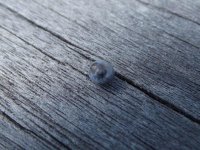 MAGNIFIED PEARL..SACCOSTREA GLOMERATA.jpg46.7 KB · Views: 160
MAGNIFIED PEARL..SACCOSTREA GLOMERATA.jpg46.7 KB · Views: 160 -
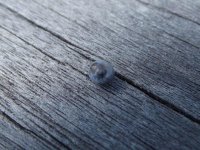 MAG 1.jpg46.7 KB · Views: 162
MAG 1.jpg46.7 KB · Views: 162 -
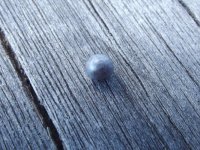 MAG 3.jpg58.7 KB · Views: 160
MAG 3.jpg58.7 KB · Views: 160 -
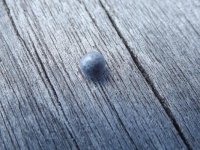 MAG 4.jpg56.4 KB · Views: 155
MAG 4.jpg56.4 KB · Views: 155 -
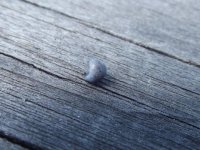 MAG 5.jpg42.1 KB · Views: 153
MAG 5.jpg42.1 KB · Views: 153 -
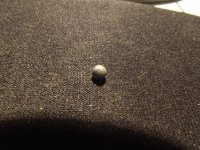 MAG 6.jpg51.5 KB · Views: 168
MAG 6.jpg51.5 KB · Views: 168 -
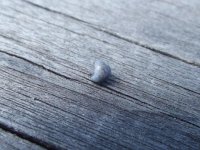 MAG 7.jpg43.8 KB · Views: 165
MAG 7.jpg43.8 KB · Views: 165 -
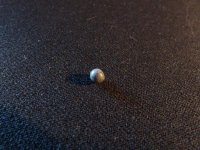 MAG 8.jpg43.9 KB · Views: 173
MAG 8.jpg43.9 KB · Views: 173 -
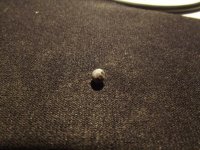 MAG 9.jpg49.4 KB · Views: 172
MAG 9.jpg49.4 KB · Views: 172

